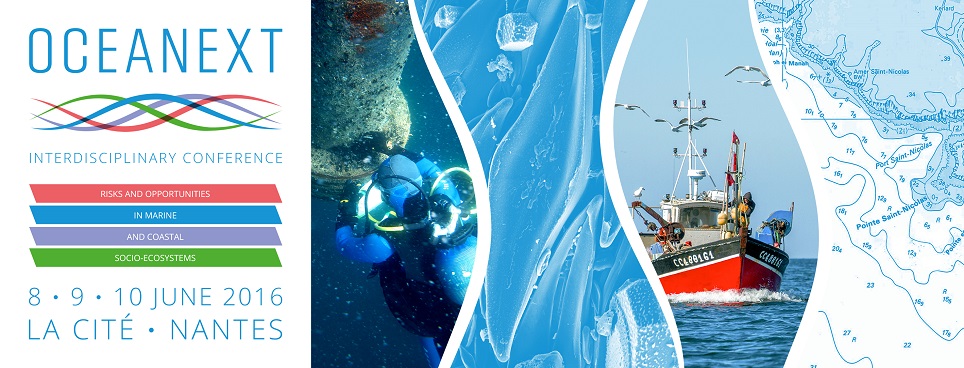The multifactorial etiology of massive Crassostrea gigas summer mortalities results from complex interactions between oysters, opportunistic pathogens and environmental factors. In a field survey conducted in 2014 in the Mediterranean Thau lagoon (France), we evidenced that the development of the toxic dinoflagellate Alexandrium catenella, which produces paralytic shellfish toxins (PSTs) was concomitant with the accumulation of PSTs in oyster flesh and occurrence of C. gigas mortalities. In order to investigate the possible role of toxic algae in this complex disease, we experimentally infected C. gigas oyster juveniles with Vibrio tasmaniensis strain LGP32, a strain associated with oyster summer mortalities, after oysters were exposed to Alexandrium catenella. Exposure of oysters to A. catenella increased significantly the susceptibility of oysters to V. tasmaniensis LGP32. On the contrary, exposure to the non-toxic dinoflagellate Alexandrium tamarense or to the haptophyte Tisochrysis lutea used as a foraging alga did not increase susceptibility to V. tasmaniensis LGP32. This study shows for the first time that A. catenella increases the susceptibility of Crassostrea gigas to pathogenic vibrios. Therefore, in addition to complex environmental factors explaining mass mortalities of bivalve mollusks, feeding on neurotoxic dinoflagellates should now be considered as an environmental factor that potentially increases the severity of oyster mortality events.

|
Exposure to the Paralytic Shellfish Toxins (PSTs) producer Alexandrium catenella increases the susceptibility of the oyster Crassostrea gigas to pathogenic vibrios.
1 : IHPE UMR 5244, IFREMER, Univ. Perpignan Via Domitia, CNRS, Univ. Montpellier
F-34095 Montpellier France
2 : Center for MARine Biodiversity, Exploitation and Conservation (MARBEC, UMR 9190), University of Montpellier, CNRS, IRD, IFREMER
F-34095 Montpellier, France
3 : IFREMER, Phycotoxines Laboratory, l'Iled'Yeu street BP 21105
* : Auteur correspondant
F-44311 Nantes Cedex 3, France
|
 PDF version
PDF version
